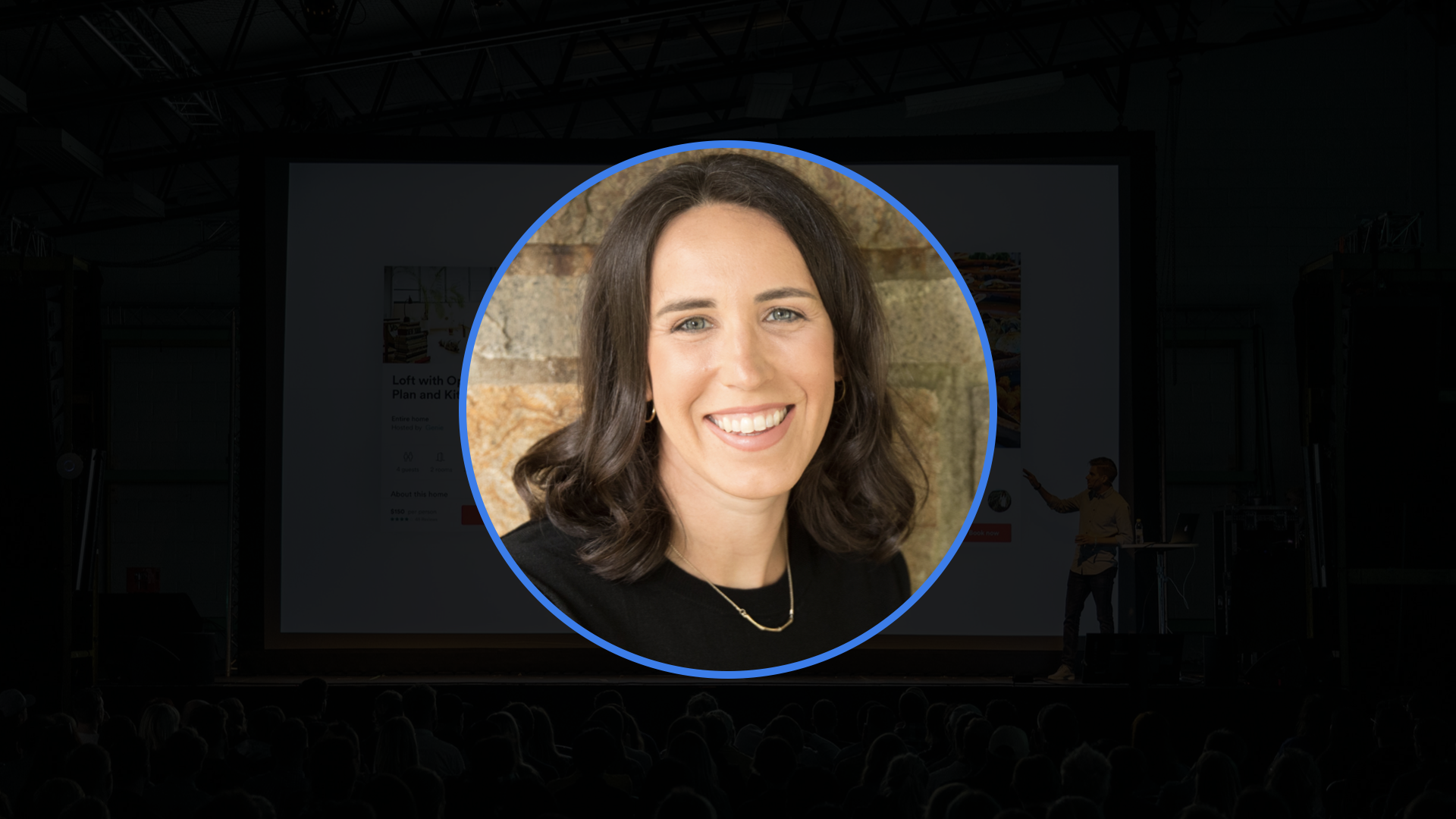
Katie Cunningham
Val og áskoranir til að styðja við læsi og ritun allra
Í fyrirlestri sínum spyr Katie áhorfendur um það hvernig gleði líti út í þeirra skólastofu eða skóla og hver skilyrðin séu til að skapa slíka ánægju? Hún talar um les- og skrifblindu, nákvæmnislestur, segir frá nokkrum aðferðum í læsisnámi og hvetur þig til að spyrja ‘Hvað ef…?’ spurninga til að ígrunda eigin kennslu.
“All children need access to both the secrets of the written code and immersive experiences with text. They also need access to emotionally supportive classrooms where choice and challenge are pillars of learning.”
— Katie Cunningham
Spurningar og svör frá Sli.Do
Q1: If you have tried all your tools and nothing works with a student, how do you get them to believe in their own ability in reading and writing?
This is a great question. Of course, teaching children and adolescents is a long game. There are no quick fixes. Choice and challenge are critical for students to engage in the learning process. It supports them to believe they are worthy of making their own decisions about what to read and write which ultimately is about their participation in the larger world.
But, when it comes to reading and writing, it’s essential that students have opportunities to develop strong foundational skills from the start through explicit, direct instruction in the secrets of the written code. When students don’t have access to instruction that helps them unlock the code of written language, especially our students with dyslexia, we can offer all the choice and challenge in the world and it won’t help them all that much. We need to ensure that our instruction offers children a strong base in foundational skills while also offering them an emotionally supportive environment that fosters productive struggle.
When students struggle with a belief in themselves, we need to look at our assessment data and pinpoint what their strengths are as well as their instructional needs. We need to ensure all children have access to research-aligned core instruction. Beginning readers need support with texts that allow them to apply the phonics skills they are learning. Once children reach second grade, research points to the value of grade-level texts with scaffolds for all learners. As children gain accuracy and automaticity with reading and as they make meaning at deeper and deeper levels, we want to celebrate the small wins along the way. Over time, this can make a tremendous difference in how children see themselves as readers and writers. But there is no magic pill or silver bullet solution.
Q2: How would you approach teenage students who have a very negative association with reading due to dyslexia and other difficulties, and how would you increase their joy in reading?
This is another great question and one that’s deeply personal to me as my youngest son just turned 13 last week, and he also has dyslexia. We are really fortunate that our son actually loves reading in large part because of the rich read-aloud life we had at home and that he had access to in school. So read-alouds even with our teenagers can serve as a commercial for reading. They can build a culture where stories, in particular, become the heart of literacy learning.
But, of course, read-alouds alone don’t make a reader especially for children hard-wired to have difficulty with the code of written language. We need to make sure we have assessment data that pinpoints students’ strengths and their struggles. By the time our students with dyslexia are teenagers, some of them have had a long road of feeling like a failure. Dyslexia impacts more than reading and writing. It can impact retrieval of math facts or dates and figures in social studies or history class. It can impact the way students learn music and how they interpret multi-step directions. So, it’s important to understand that dyslexia presents particular learning challenges. It also opens up for some students immense creativity, problem-solving, and myriad strengths that sometimes go unnoticed in our classrooms.
Of course, joy is the oxygen for learning anything. If there isn’t some element of joy through connection with others or the feeling associated with small successes, then students won’t be invested much in the learning. Research from positive psychology and the science of happiness shows us that connection with others is a big driver when it comes to joy. So one way to boost joy and engagement for our teenagers with dyslexia is to make sure that reading is not just an independent cognitive act but also a social practice. Opportunities for partner discussions and book clubs can make a big difference in a non-competitive environment with our teenage readers with or without dyslexia.
We also want to apply principles from cognitive science to increase joy. When too much information is presented at once, it can be overwhelming. When longer assignments don’t have check points along the way, it can be difficult for students to complete tasks. So, we need to consider working memory demands if we want to support teenagers to have more joyful literacy learning experiences. We can break longer assignments into more manageable chunks. We can present information through print but also through images and multimedia. We can purposeful active and frontload prior knowledge to help students recognize and apply what they already know about a topic to strengthen comprehension.
Finally, we need to know what they know and are able to do and where they are struggling. So, we need assessment data on their reading skills, particularly their decoding and spelling, to support them to become fluent readers.
But like with my response to the first question, there is no one-size-fits-all when it comes to joy. There is no single solution. But we can apply ideas from the science of happiness, cognitive science, and reading research to better the odds that we reach and teach more children to become successful readers and writers and to find joy in the act of reading.

Bækur eftir Katie Cunningham
Hver er Katie Cunningham?
Dr. Katie Cunningham styður kennara til að brúa vísindi læsis við ánægjuna við að læra. Hún hefur yfir tuttugu ára reynslu sem kennari í mörgum mismunandi hlutverkum, þar á meðal sem umsjónarkennari, læsisérfræðingur, prófessor, rithöfundur og ráðgjafi.


